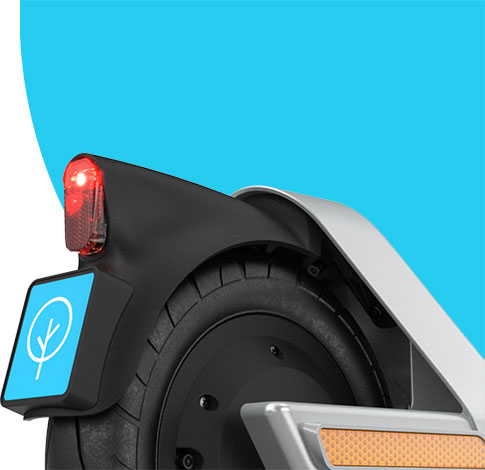The news out of INRIX last week was not wholly unexpected. Just two months after hitting near-record lows, vehicle traffic in the US has already made up a majority of its pre-covid volume, with similar shifts being measured in several countries around the world.
It might be tempting, given these developments, to think that the “next normal” in urban mobility and sustainability is looking a lot like the “old normal”—but thankfully that’s not the full picture. Despite a regressive return to cars in some areas, significant progress is being made globally that is rapidly changing daily intra-city transportation for the better.
As we reported earlier this month, people are engaging with micromobility in a variety of new and exciting ways. There are significantly more first-time electric scooter riders today than there were before the pandemic. In some parts of the world, the percentage has more than doubled. At the same time, the rates at which these new riders are becoming consistent ones is increasing as well, up more than 93% globally compared to pre-pandemic levels.
This reinvigorated interest in micromobility coincides with average ride times that are significantly longer than anything we’ve seen before. As strained public transit networks create gaps in the transportation grid, people are turning to electric scooters and bikes to complete longer journeys while remaining socially distant.
So what can we do to support these behaviors that not only get people out of cars, but encourage cities to rethink the millions of square meters of public land sacrificed to them in the first place?
From an organizational perspective, Bird is committed to doing our part to answer this question, whether that means developing new proactive safety measures to deal with the current health crisis or rolling out new vehicle fleets and new features to make scooter riding easier and more sustainable than ever.
Cities, too, have an important role to play in this process. We know that emergency cycling infrastructure set up in response to the coronavirus pandemic has already become a lifeline for local commuters looking to avoid crowded public transit lines. Cities like Paris are breaking micromobility records while around the world from Denver to Tel Aviv administrations are closing streets to through traffic and making record investments in protected bike and scooter lanes. This is a critical first step.
From a policy perspective, however, there are other actions that can be taken to help make it easier for people to forego things like ride-hailing services in favor of much cleaner, more affordable micromobility alternatives. Operating fees are a clear example. In the US, ride-hailing giants like Uber and Lyft pay an average of $0.08/mile to cities, while micromobility operators are charged anywhere from $0.06-$0.45/mile. If we’re serious about repurposing city streets and reducing automobile pollution, this is a policy that will have to change.
Even as some regression occurs in the immediate aftermath of easing lockdown restrictions, we’re seeing clear indications of what the next normal in urban mobility can and likely will look like. Cleaner air. Safer, more multi-purposed streets. Continued social distancing. Increased reliance on micromobility vehicles. Now is the time for cities, operators and advocates to work together to ensure that this potential for positive change continues to transition efficiently and thoughtfully into change itself.

Travis VanderZanden is the founder and CEO of Bird.

